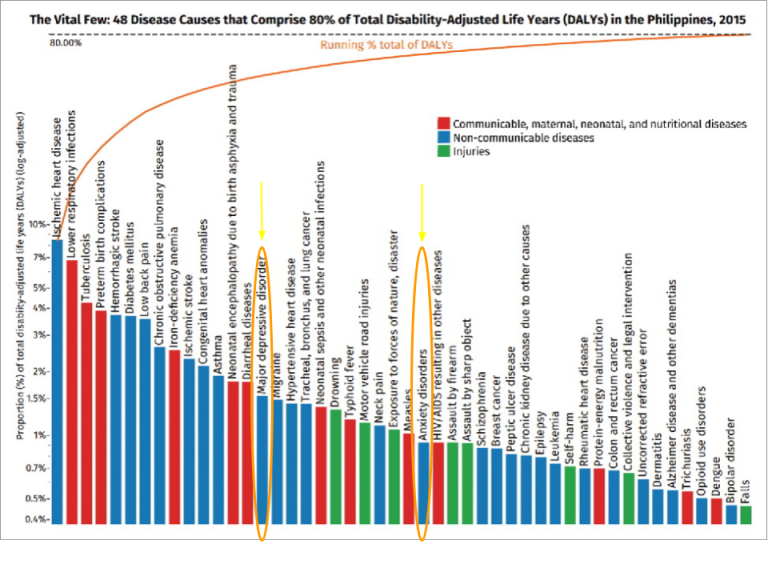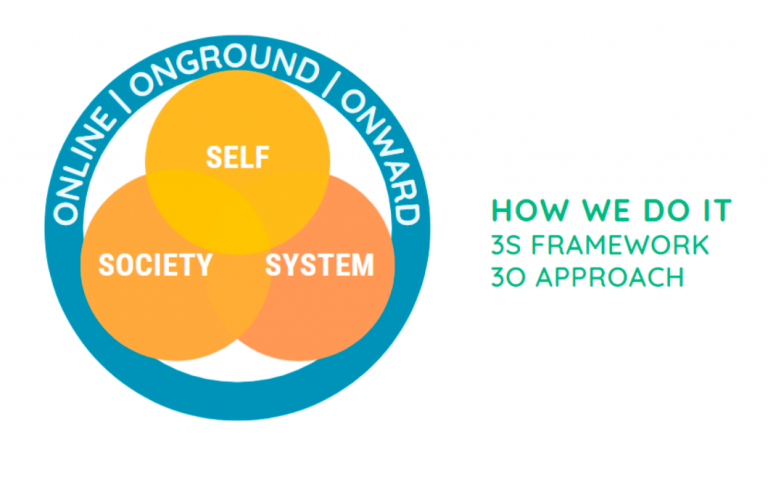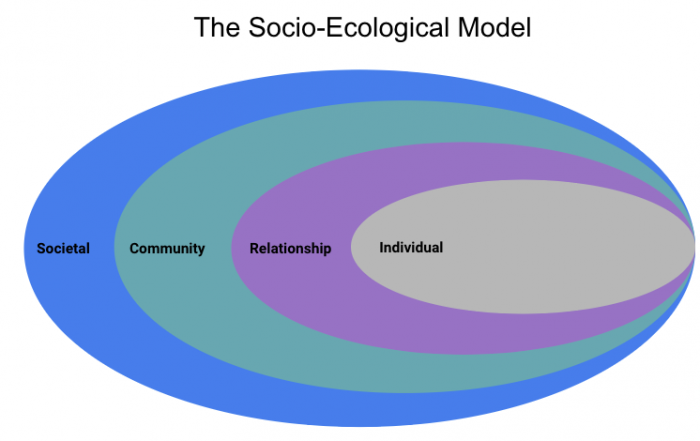
Everyone deserves to be seen, heard, empowered, and supported.
#MentalHealthPH Tweet
Globally, depressive disorders, anxiety disorders, and epilepsy are the main contributors to healthy years lost.1 Of which, depression is the leading cause of disability worldwide and can lead to suicide – the second leading cause of death among 15 to 24 years old.2 In addition, mental, neuropsychological, and substance use disorders account for 2,311,800 DALYs or the total number of years lost due to illness, disability, or premature death.1
The same trends hold for the Philippines, an archipelagic nation with a population of 109 million and at least 40% being younger than 18 years of age.3,4 Major depressive disorder and anxiety disorders are among the 48 conditions comprising 80% of the country’s total disease burden; worse, they are predicted to increase in the next 20 years.5

As a policy solution to this alarming public health concern, the Philippine Department of Health has collaborated with various sectors to advocate for the passage of the first Philippine Mental Health (MH) Act in 2018. Also known as Republic Act No. 11036, the Philippine MH Act was institutionalized to establish accessible and evidence-based mental health services to the public while protecting the rights of people with mental disorders and their family members.6
The Law and its implementing rules and regulations were translated into a roadmap through a five-year strategic plan.7 Based on this policy, health promotion and education-specific framework, one of the core pillars of the Law, is yet to be defined. While different frameworks exist overseas,8,9 there is a need to contextualize mental health challenges further and address these with culturally appropriate messaging and interventions responsive to the needs of the Filipinos.

To complement the national health agency’s effort in advocating for mental health, MentalHealthPH launched an advocacy guide called the 3S (Self-Society-System) and 3Os (Online-Onground-Onward) Framework to reframe perspectives on mental health issues and advocate for reforms that transcend the levels of self, society, and system through different forms of channels and platforms.10
This framework adopts the Socio-Ecological Model (SEM) principle, aligns with the Ottawa Charter for Health Promotion, and complements said models with conventional and unconventional solutions that could guide mental health advocates and professionals in ensuring a holistic approach to mental health.11,12

Individual’s mental health literacy, poor mental health and coping strategies, stigma from society, and the lack of systems in place by the national and local governments continue to be the most significant challenges in promoting and protecting mental health in the country. Individuals practicing healthy behaviors for their mental health would still find it difficult to thrive if they belong to a community that stigmatizes mental illnesses. This setback was a common predicament among younger generations, especially those who belong to a household with members who view mental health problems as superficial or ‘pag-iinarte’ (putting on a show). In other words, interventions on a self and societal level could not stand on their own. Before enacting the 2018 Mental Health Act, many persons with lived experiences struggled to find mental health service providers during the organization’s early years. There was a lack of policies and systems to protect and support employees’ mental health and well-being in many workplaces. Similar instances apply to schools, local government units, and institutions. There was a need to elevate public consciousness to a policy level. The 3S and 3Os Framework aimed to guide the organization and its extended communities to remain mindful of the levels of interventions, to which stakeholders the actions are creating impact for, and how these levels interplay with one another.10
While the 3S (self-society-system) offered perspectives on designing advocacies, the 3Os demonstrated actualizing these perspectives. MentalHealthPH started heavily with digital campaigns (online approach) in 2016 as internet use was at 55%13, which significantly increased to 74%14 at present. Through the years, the organization realized the need to translate online content into onground actions. The case such as that of #UsapTayo15 (Filipino adaptation of WHO’s #LetsTalk campaign) – a tweet chat hosted by MentalHealthPH every 10th, 20th, and 30th of the month – demonstrated the importance of awareness and education on mental health within the online space and actualizing these in different settings such as schools, workplaces, and public spaces (onground approach). The sustainability (onward approach) of advocacy initiatives like #UsapTayo is equally essential. Thus, partnerships with the government (Department of Health), the private sector, and other developmental partners can significantly sustain the advocacy forward.
With more diverse advocacy groups emerging from 2018 to the present, the 3S and 3Os Framework can guide advocacy works and how different factors across self, society, and system interact with one another. Advocates may also utilize the framework to examine existing problems more profoundly, frame interventions, and assess their impact on mental health. It is high time to engage in a multi-level approach to mental health policy development and advocacy.
Roy is a graduate of Master of Science in Health Informatics and Bachelor of Science in Public Health from the University of the Philippines. In 2016, together with Yves Miel Zuñiga, Gilbert Mina, Anica Mendoza, and Lawrence dela Fuente, he cofounded #MentalHealthPH, which leverages technology to raise awareness about mental ill-health and improve access to services in the Philippines.
HPHR.org was designed by ComputerAlly.com.
Visit HPHR’s publisher, the Boston Congress of Public Health (BCPH).
Email communications@bcph.org for more information.

Click below to make a tax-deductible donation supporting the educational initiatives of the Boston Congress of Public Health, publisher of HPHR Journal.![]()